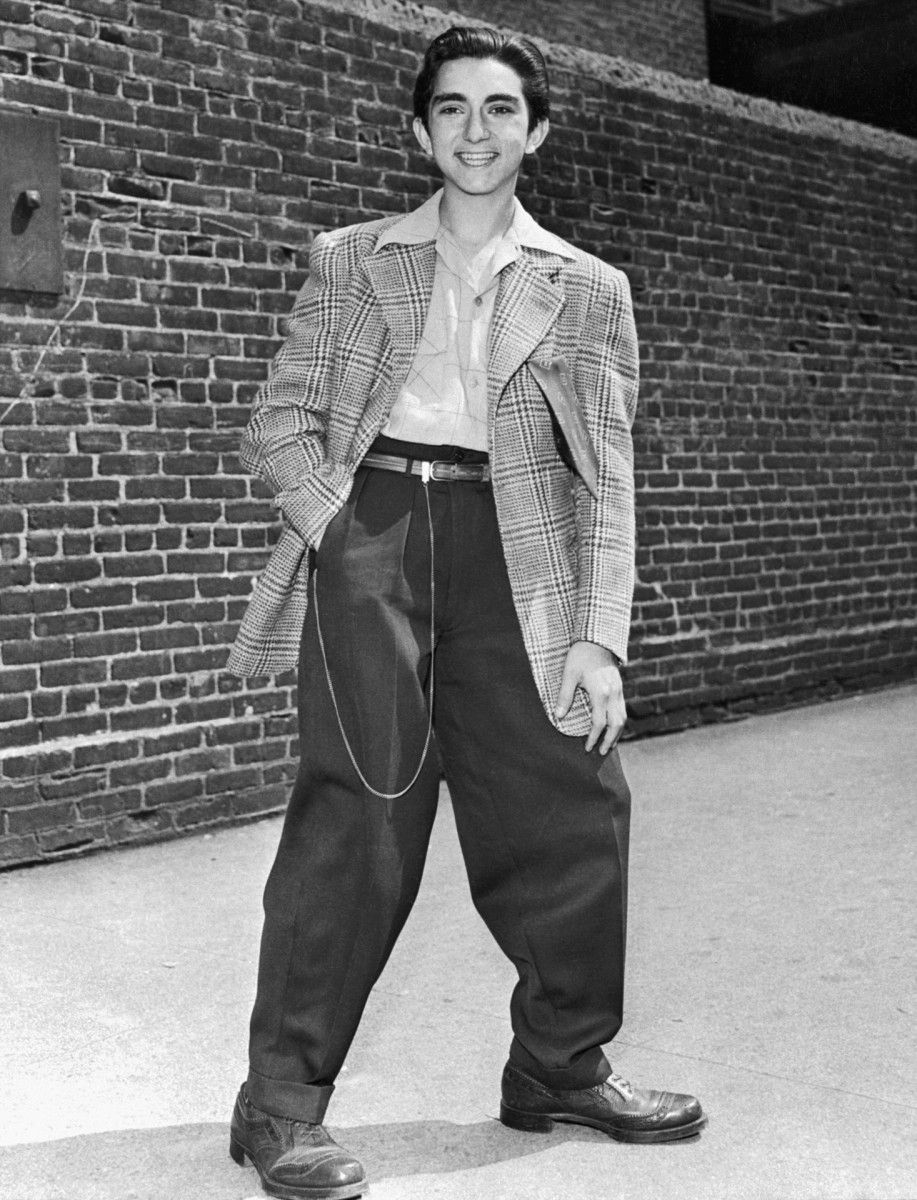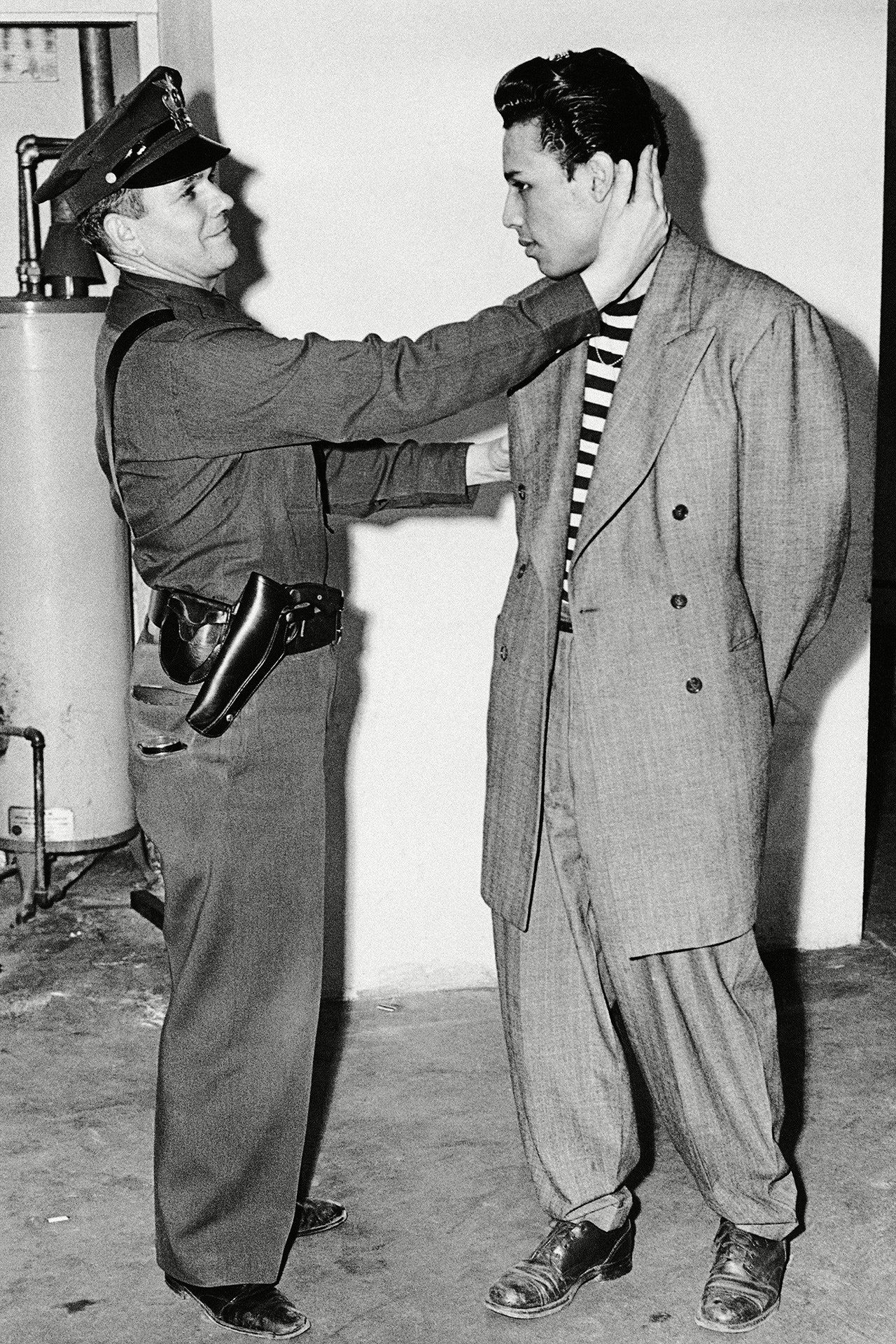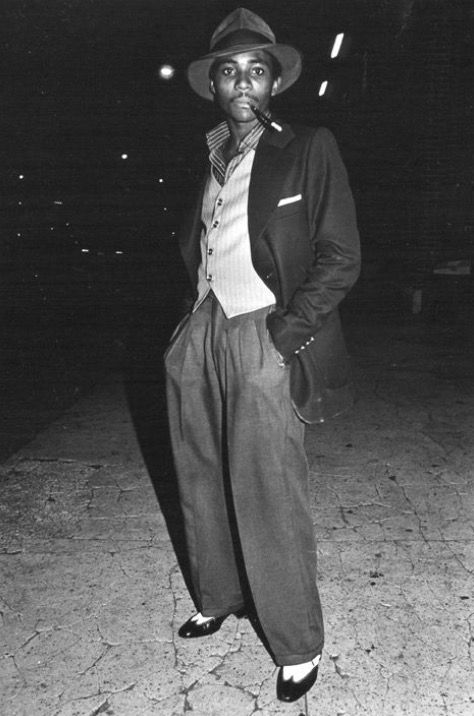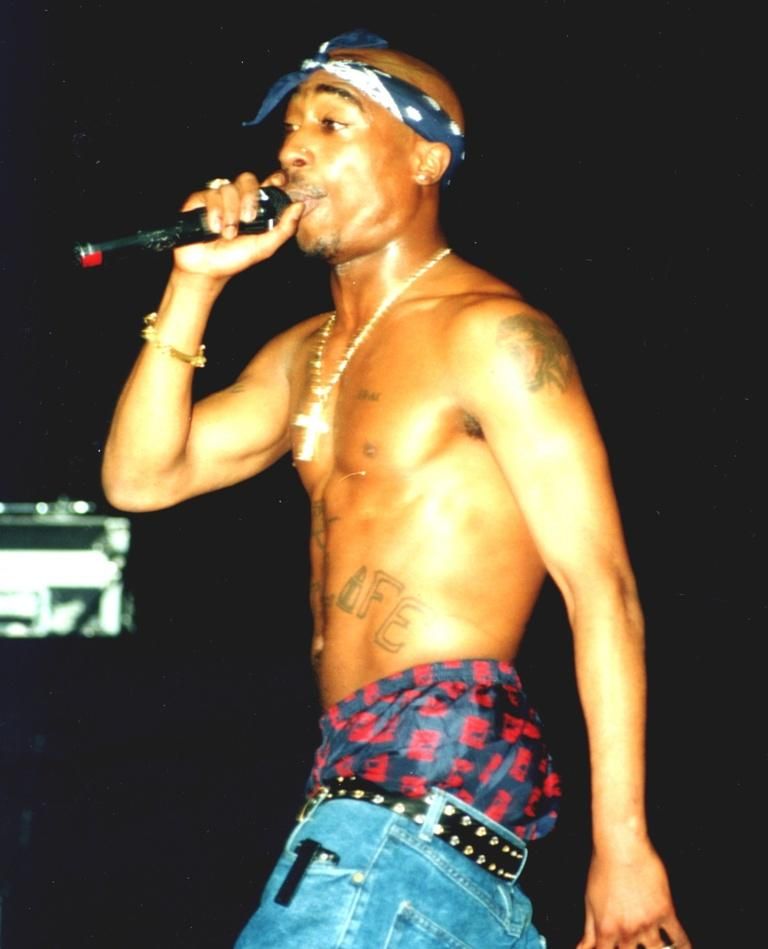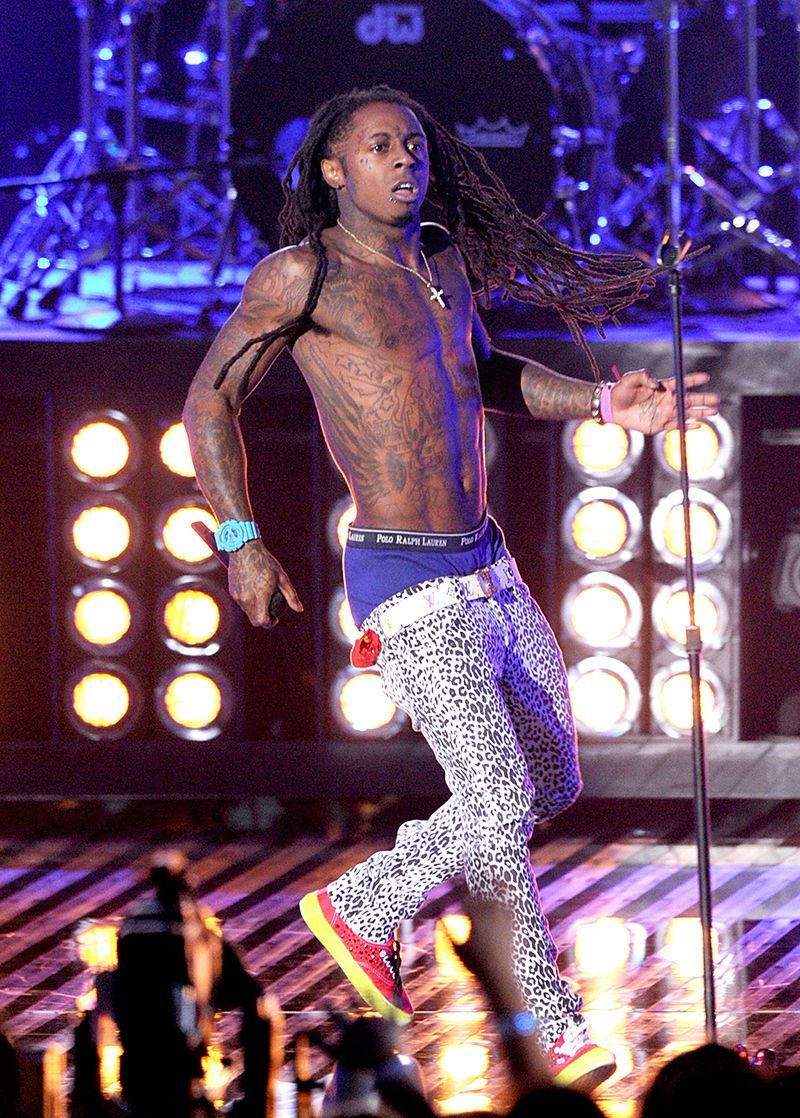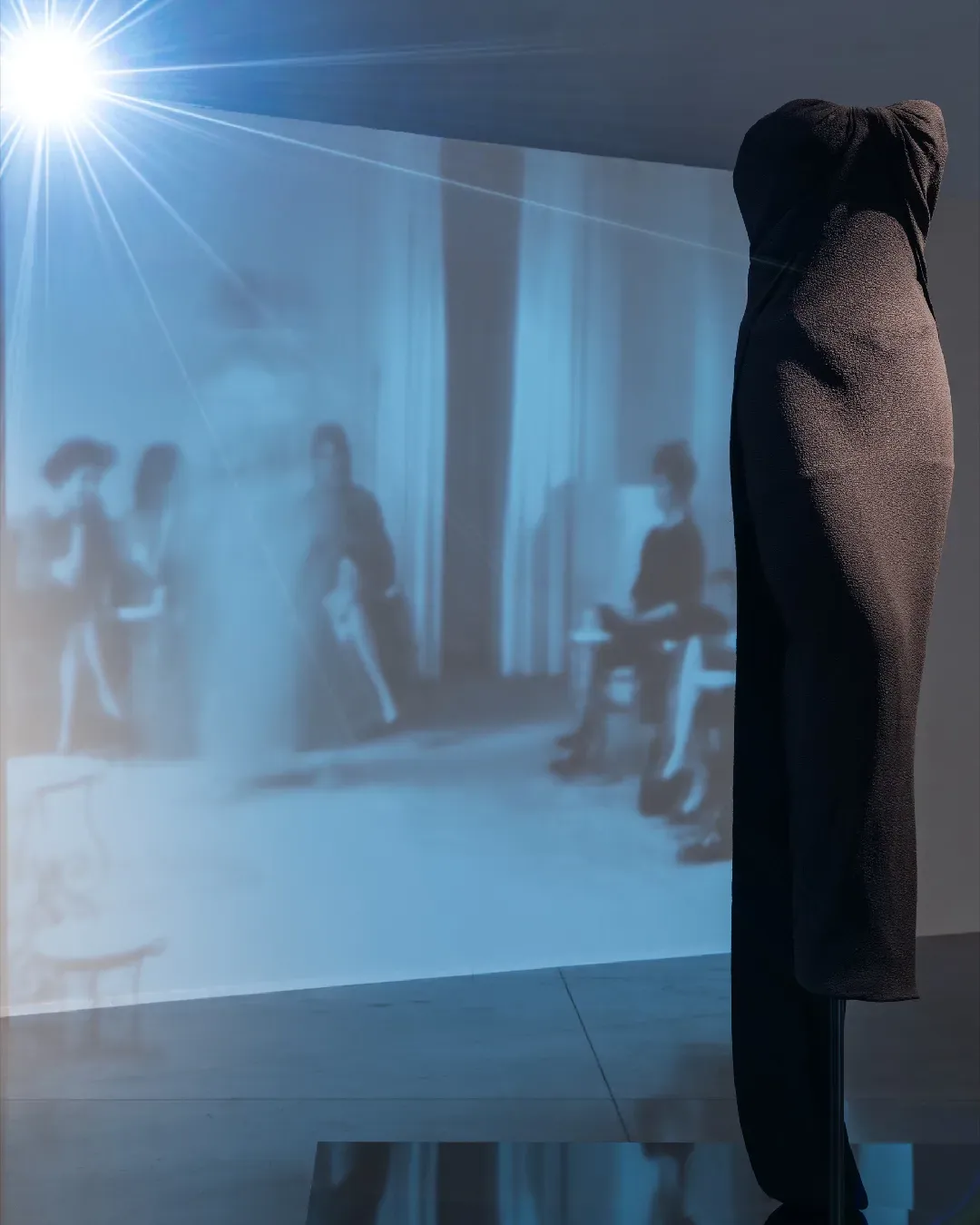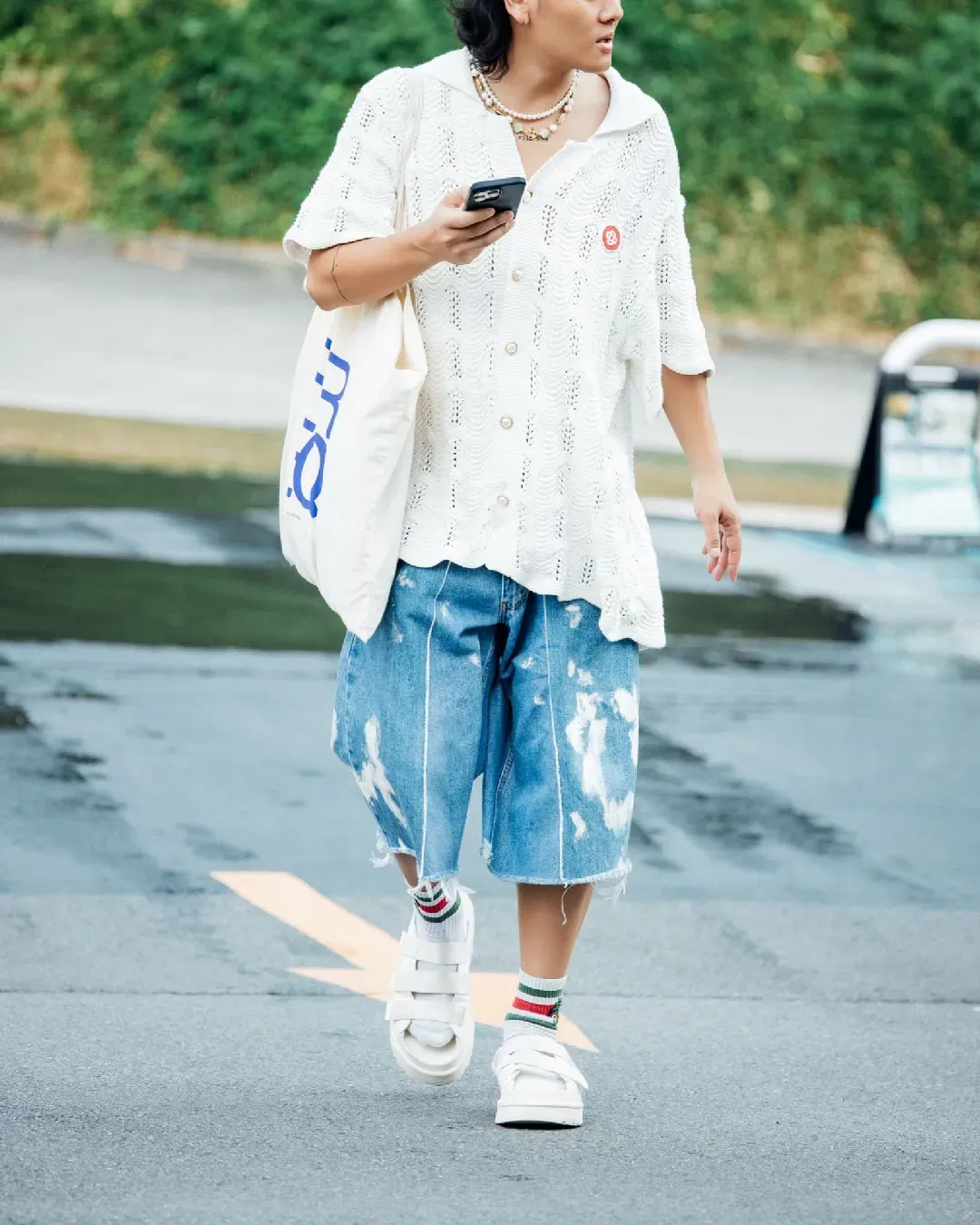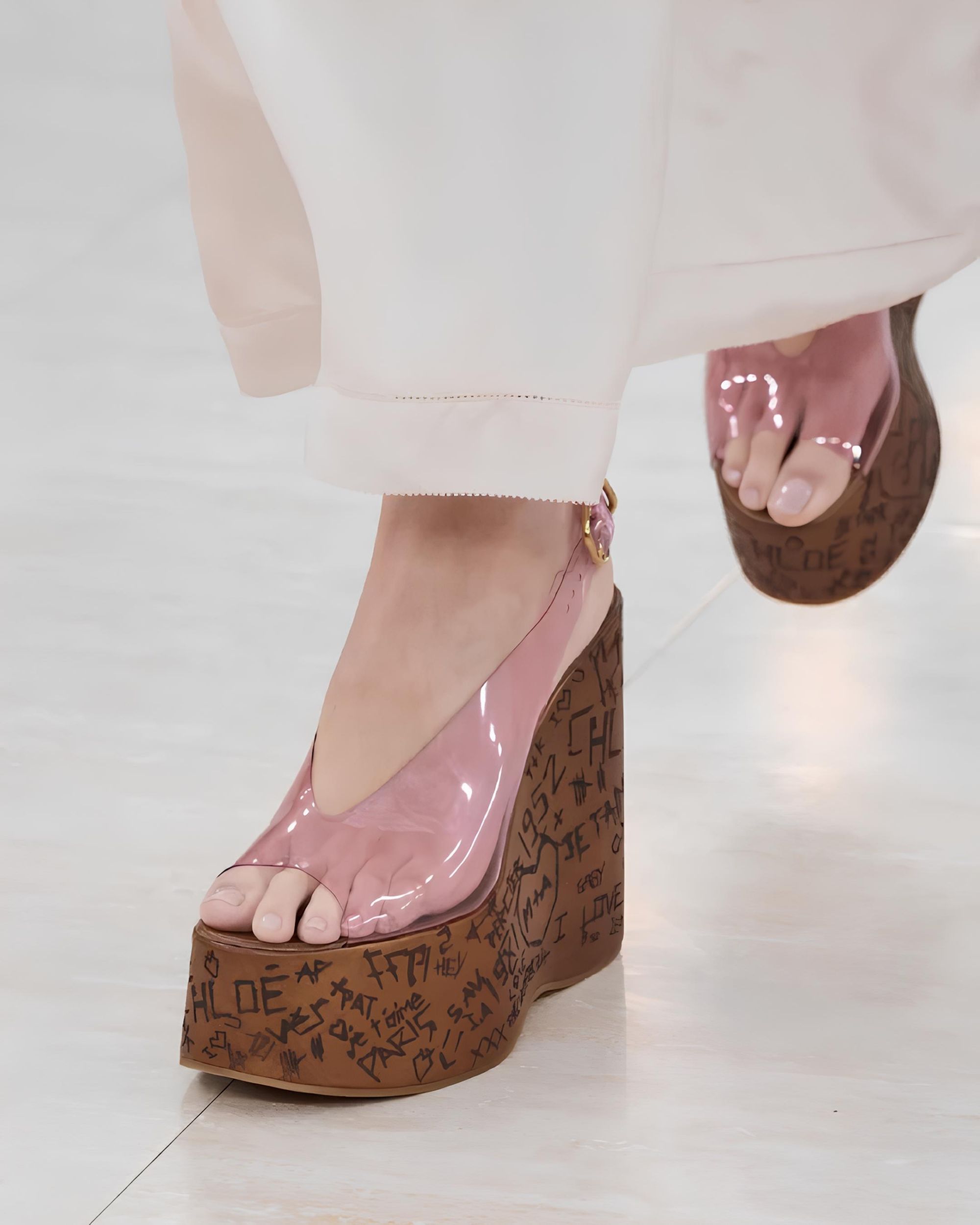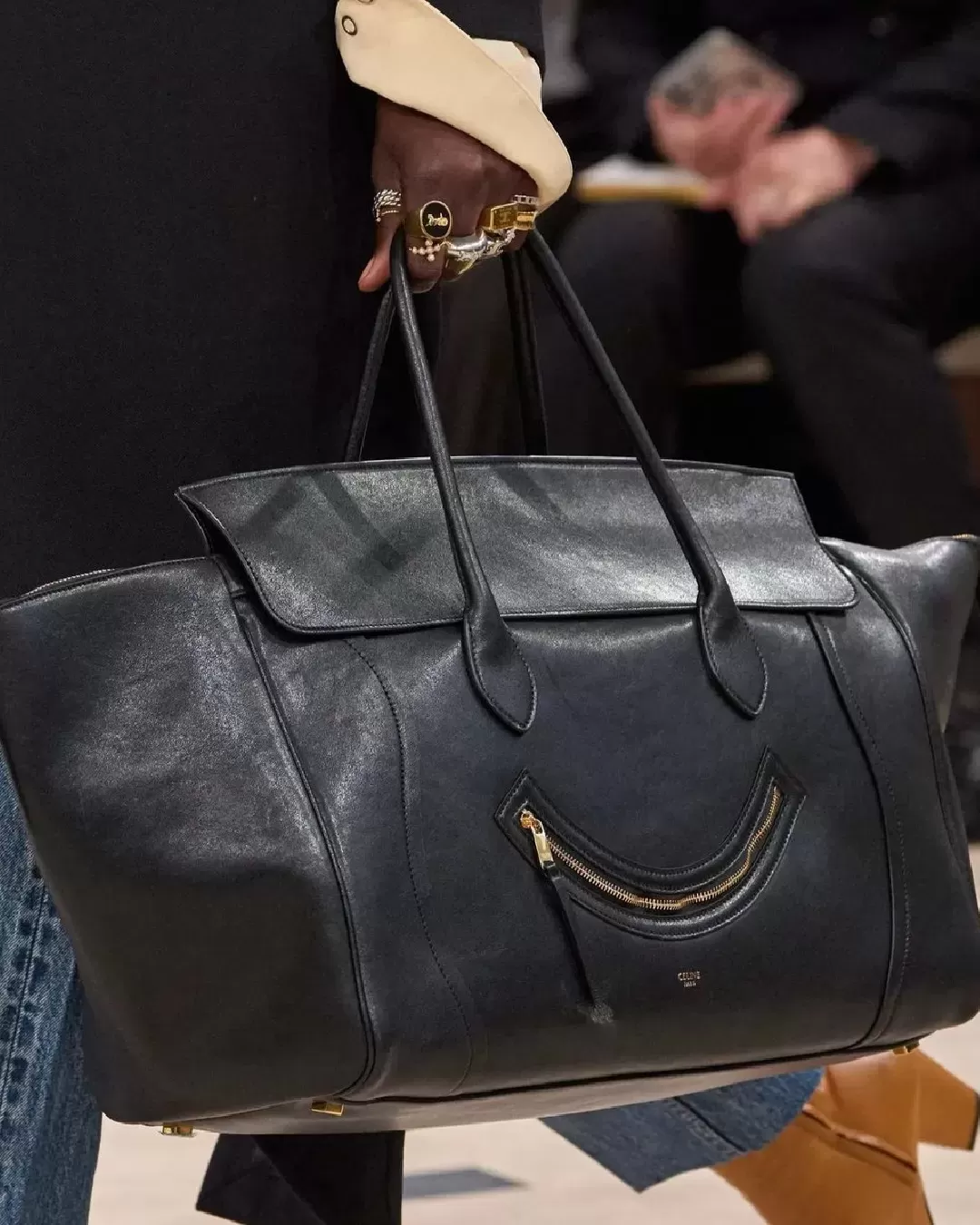
Are these new Balenciaga pants cultural appropriation? A suit with fake exposed boxers that reminded many of the saggy pants
On the Balenciaga website a pair of Trompe-l'Oeil Sweatpants has recently appeared consisting of a pair of sweatpants on whose hem the elastic of a pair of boxers is sewn, illusionistically reproducing the sagging, that is the fashion of African American origin to wear oversized pants below the belt showing the underwear below. During the 80s and 90s sagging has become a very popular style all over the world thanks to the spread of hip-hop, its origin is to be placed in the African American ghettos but in recent years the style has been criminalized, with ad hoc laws that prohibited it as it poorly respected public decorum - but in reality for its cultural association with the world of crime. Over time, sagging has become a very strongly characterized cultural signifier and associated with black culture – the same black culture that many Twitter users now accuse Balenciaga of having gentrified, transforming a custom born of poverty into a pair of sweatpants for € 975.
What is sagging?
The exact origin of sagging as a style is actually complex, but it always refers to black culture. According to Niko Koppel of The New York Times and Paddy Madison of Menswear Style, the trend originated in American prisons, where inmates were assigned uniforms that were often too large and without belts for suicide prevention. Wearing trousers that were too loose that left the underwear uncovered therefore became a habit that the ex-inmates brought home from prison, making it then enter the stylistic language of the young people of the ghettos and, from there, in hip-hop. But in an interview with NPR, fashion historian at the University of Massachusetts, Tanisha C. Ford proposes a different hypothesis: in the '30s a type of baggy suit called zoot suit became popular in California among African Americans and Latin Americans and the fashion of trousers too wide would therefore derive from the habit of buying second-hand clothes that were then readjusted at home. The zoot suit was associated by the racist rhetoric of the time with street crime, ghettos, dance halls frequented by African Americans and Mexican-Americans – creating the link between oversized trousers and crime that still leads many to associate saggy pants with gangs.
In truth, as Ford says in the article, the exact origin of the style remains obscure and multiple – no doubt its popularity and diffusion is best explained by the common use of many cultures around the world to reuse clothes, making them wear to many different generations of the same family, with the result that many boys ended up wearing the old too loose clothes of the older brothers – a phenomenon that occurred on such a large scale that they assumed their own aesthetic autonomy, then associated by a whole generation with hip-hop music. And so it can reasonably be assumed that the origin of sagging may be a mixture of all these various cultural causes. All the various sources, however, agree in identifying the hip-hop world of the 80s and 90s as the one that made sagging a real cultural phenomenon. Over time, sagging has then come out of the ghettos and landed a bit all over the world, following the extraordinary spread of the hip-hop language and aesthetics and "gentrifying" more and more, like dreadlocks.
Why people got mad about Balenciaga's sweatpants?
In America, but actually all over the world, sagging is frowned upon, when not prohibited, in almost every public or institutional context. Being a very youthful style, this fact is most evident in schools around the world, even Italian ones, where too wide trousers and visible underwear are often prohibited by school dress codes and associated with thugs and criminals. In the United States, then, sagging is prohibited by law with numerous cases of people removed from buses or planes to wear them, but also with fines and various prohibitions in different cities of New Jersey and Florida that have directly prohibited them, fining the wearer – especially members of the black community. Activist Devan M. Vilfrard summed up the issue very effectively on Twitter:
«There have literally been laws that make it illegal to have sagging pants yet fashion designers are profiting off of the same thing Black people were criminalized for. Dispicable».










































